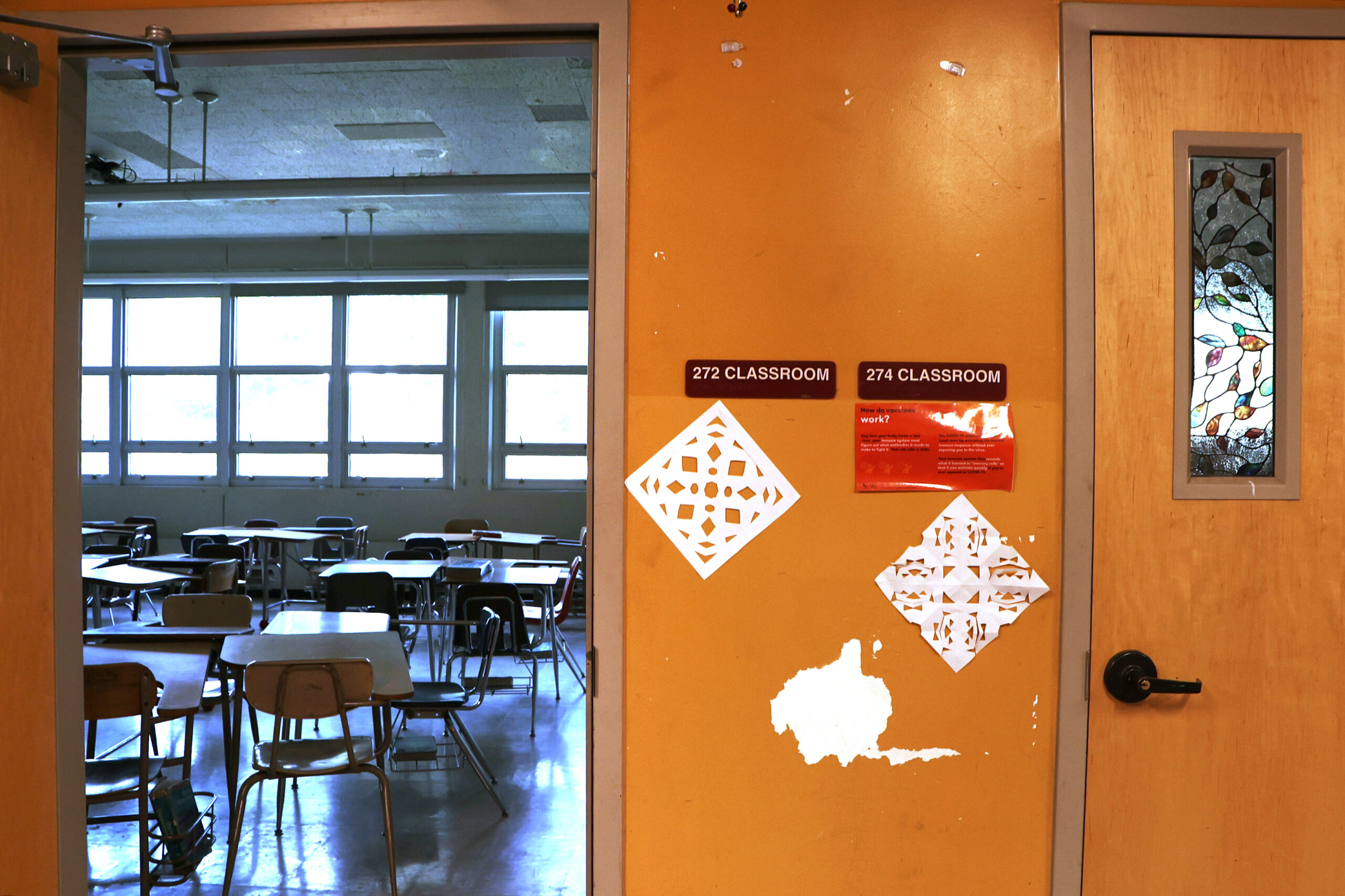Federal funding that paid for students to have internet access during the pandemic is set to end this month, raising questions about how San Francisco can afford to continue offering digital support for families who need it.
Spurred by the government’s formal end to the Covid public health emergency in May, federal funds will soon run out for emergency connectivity, kicking the bill for such services to localities like San Francisco Unified School District.
The district, which has roughly 49,000 students, said it currently has about 8,000 internet hot spots lent out, and it would cost around $2.5 million to continue providing them to students for the rest of the current school year. This would amount to a new unbudgeted expense for a service the district did not provide before the pandemic.
Families and staff were told ahead of the current school year that hot spot connections would cease on Sept. 30 and asked to return their devices within the month. But in late August, the district backtracked and told The Standard that the service would be extended for another three months.
“We recognize reliable internet access at home is crucial for bridging the homework gap,” said district spokesperson Laura Dudnick. She added that the district is exploring alternative options to offer a long-term solution for home internet access.
One of those options is the federal Affordable Connectivity Program, which can knock off $30 from the internet bills of those who qualify. The city and district have teamed up to let families know about this option.
Thomas Reddy, a teacher at George Washington High School, estimates that a quarter of his students are learning with the help of free hot spots from the district.
A survey early in the pandemic indicated that 25% of the district’s students lacked reliable home internet access. More than half live at or below the poverty level.
Reddy said even with kids back at school, the problem remains big enough that it severely limits the amount of homework he assigns his students. Even among those who are online at home, the connections are sometimes not strong enough to allow students to download large files or watch videos.
Without ensuring students have access to reliable internet service, “They cannot pretend to be teaching all students,” Reddy said. “In the city, the digital divide is huge.”
Universal internet has long been a goal of the state and the city’s government. In 2019, San Francisco charted a vision for broader access over a five-year plan.
Strategies the city has tapped is bringing free fiber internet to affordable housing, offering computer and Wi-Fi access through the public library system, and maintaining service for some 12,000 housing units, beds, trailers, tents and community rooms, according to the Mayor’s Office of Housing and Community Development.
Remote learning, of course, crystallized the consequences of the digital divide. The district found itself raising $25 million to provide over 16,000 hotspots and 41,000 Chromebooks and iPads to students.
As of 2021, a 10th of households in San Francisco lack internet connections of any kind, according to the National Telecommunications and Information Administration. Around 7% don’t have a computer, smartphone or tablet.
